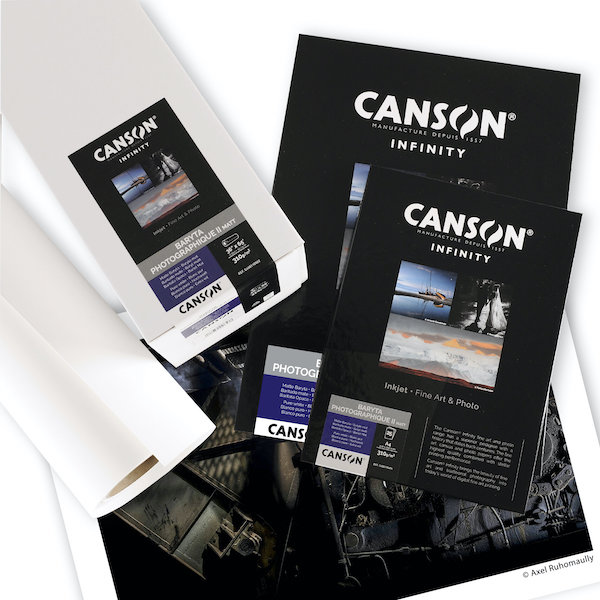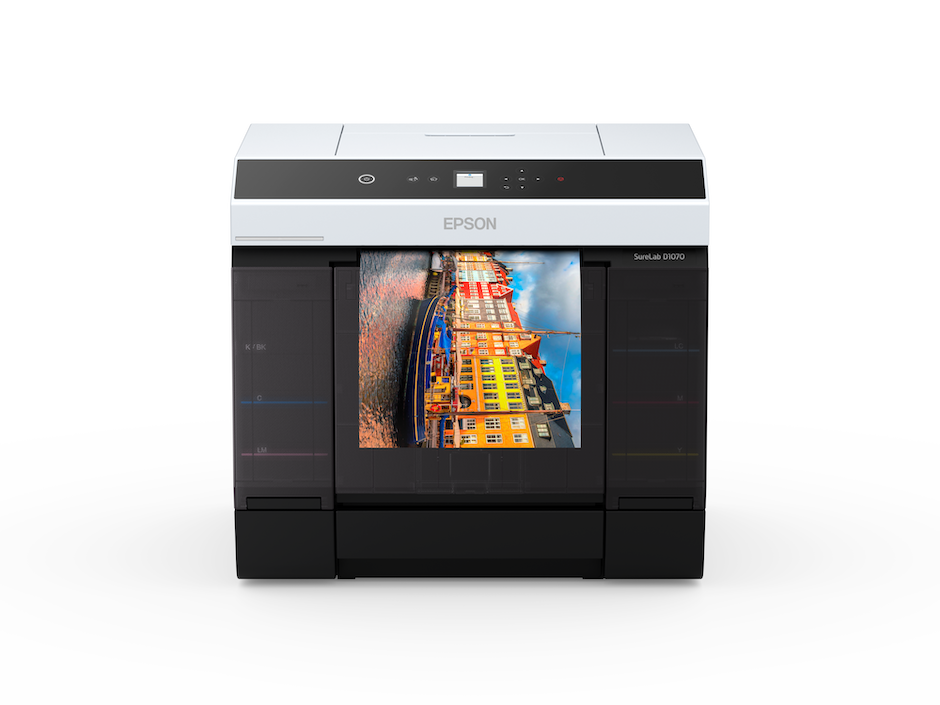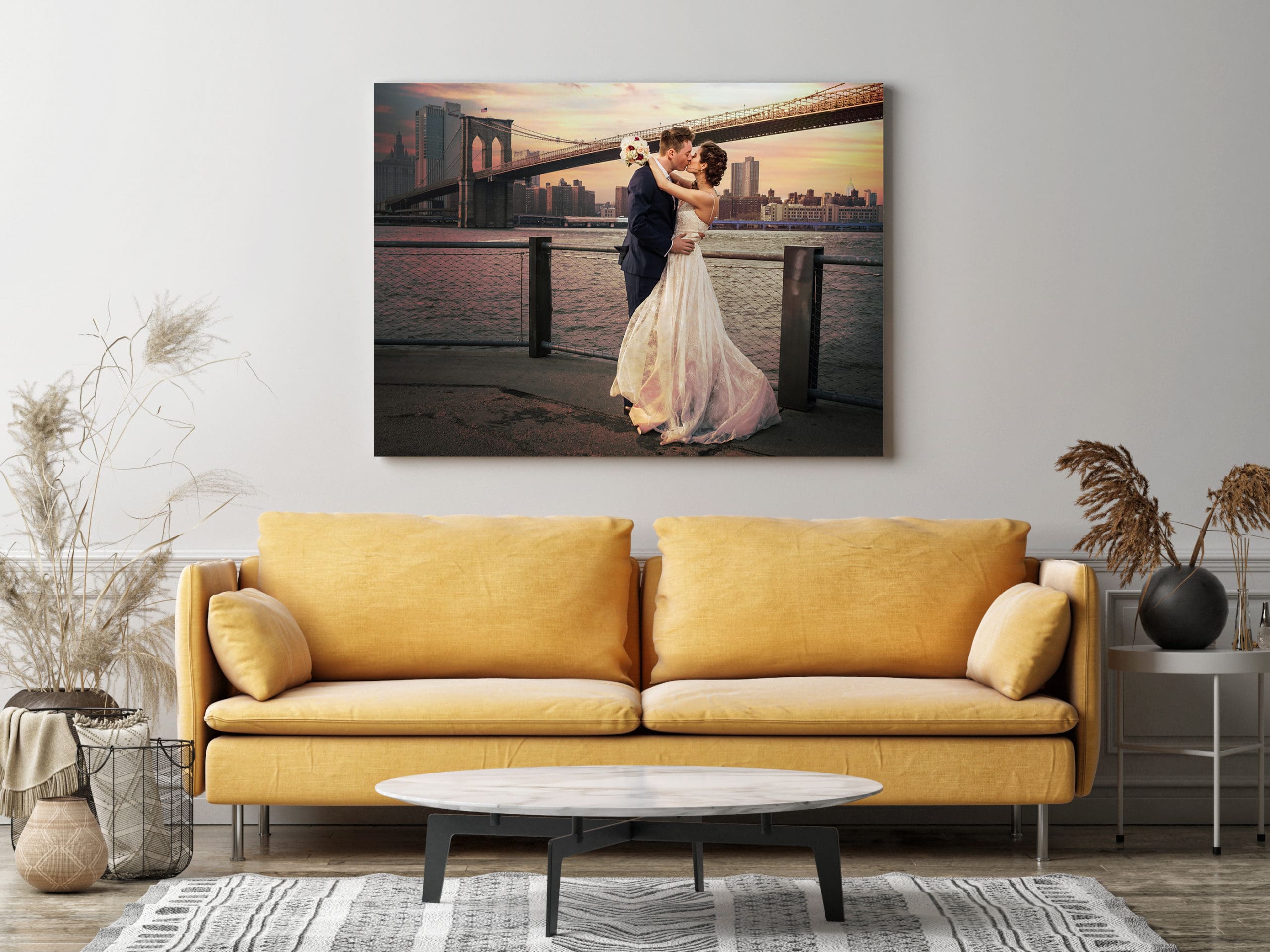Why You Should Be Printing Your Work
April 1, 2016
As technology becomes more advanced and the digital world expands, our printing should, too. Print empowers visual thinkers to share their inspiration through a tactile and long-lasting experience with the ability to discover refined detail. Surrounded by a wide range of papers these days, photographers are given the opportunity to explore their creative abilities and discover their artistry. Here, three photographers working in different genres weigh in on why they print their work.
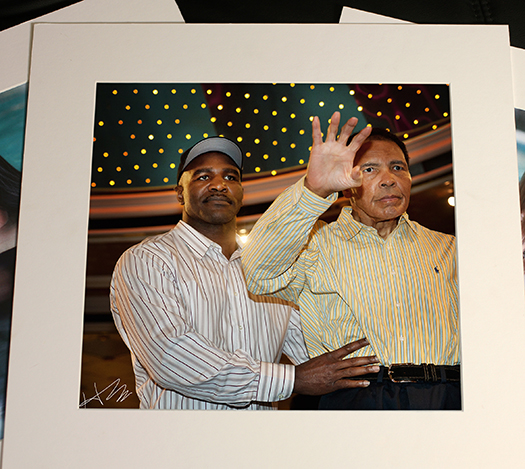
Hernan Rodriguez’s everlasting memory of a boxing legend. Photo © Hernan Rodriguez.
Hernan Rodriguez, Portrait/Commercial Photography
We often forget what we can no longer see. I remember when I was invited to photograph Muhammad Ali’s 70th birthday with Evander Holyfield. I was there as Holyfield’s personal photographer to cover him, and when Ali’s people saw I had a camera, his security approached me to confiscate it. Apparently I was in a “No Camera” zone. I yelled at Holyfield to come help me, as he quickly came down to pull me from the roped area and escort me up to the ring. There I found myself next to Ali and Neil Armstrong. “I’m amongst the greats,” I thought to myself. Just then, Holyfield carried Ali out of his wheelchair, as he walked around the ring, and I was there to capture such an amazing moment in time, free of any other photographers.
Where would this moment be without a print to document and share? A month after, I printed and mounted this image on Entrada Rag Bright 13×19 to give to Holyfield. It turned out beautiful. And when I talk about the power of a print, there I find Holyfield with Mike Tyson’s manager and publicist. They see the print and are impacted by the moment. Not only did they share this moment, but they also saw the quality of my work. Everybody wants to be like that person in the picture. We are privileged as photographers to provide that opportunity.
My main purpose for making prints is to entice emotion. It gratifies us as photographers when we show that print to a client and get reactions of jubilation.
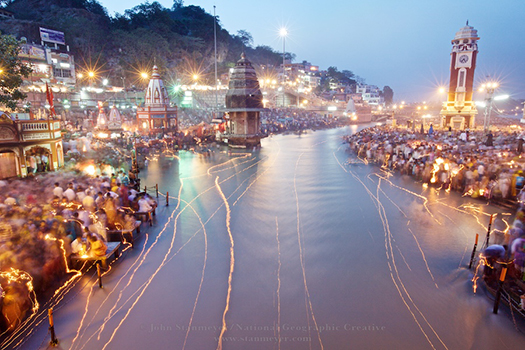
One of John Stanmeyer’s ongoing goals is to print key shots from his archive of one million digital images. Photo © John Stanmeyer.
John Stanmeyer, Documentary/Photojournalism
Photographically, we live in the most wondrous of times, where the power of visual communication, creation and recording history is taking place in the most monumental levels in all the history
of humanity.
Over time, our ability to witness our photographic legacy, our personal and collective humanities history, will become impossible to reference.
Today, photography is no longer a permanent, physical object. And while it is not yet time to completely panic, it is time to print—rendering digital images into photos that are tangible, upon a paper surface that reflects light, allowing us to see what is before us, naturally, in permanence.
Over the next few years, I am going through my archive of nearly one million digital images, making 20 x 13 prints of all key images, making sure all the history I have documented around the world is accessible, viewable and tangible.
This is important not only for professional photographers; printing is paramount for all of us, where the moments of our own personal history, our families, might be lost in an unreadable HD or a cloud service that no longer exists. Printing ink on paper allows all of us to have a physical reference of our individual and collective existence for all of history to come.

Canada-based wedding photographer Christian Lalonde says that part of his love is to not only capture an image but to then turn it into a high-quality print. Photo © Christian Lalonde.
Christian Lalonde, Wedding/Portrait Photography
In this day and age of digital imaging, sharing your images on your iPhone or iPad is a great way of seeing your portfolio, but nothing validates the quality of your work and your craftsmanship like taking those images and putting them on paper. It is a completely different art form going from the digital screen to a high-quality fine-art paper—printing your images is what makes or breaks the image quality. We are often able to hide certain elements when only viewing digitally, but when you hold a print in your hands, that’s when you’re able to see every subtle detail, every nuance the photographer was able to capture.
I often have the opportunity to judge online print competitions, and I must say that very often I look at some imagery and realize that it would not hold up going onto paper. I think as an imagemaker, it is extremely important to understand and be capable to not only capture an image, but also be able to transmit that subject into a high-quality print.
Paige Clark is the marketing assistant at Legion Paper in New York City. The photographers she interviewed each print on a variety of Moab papers.

